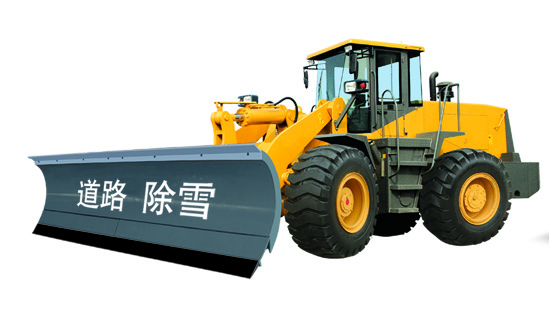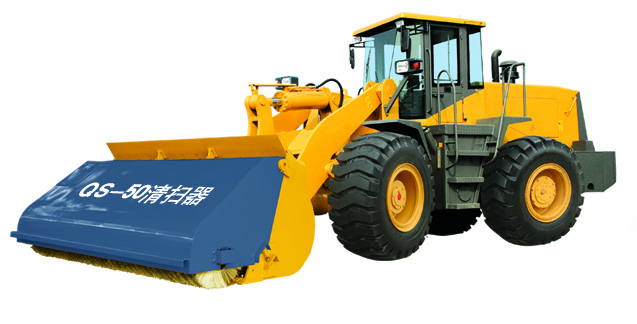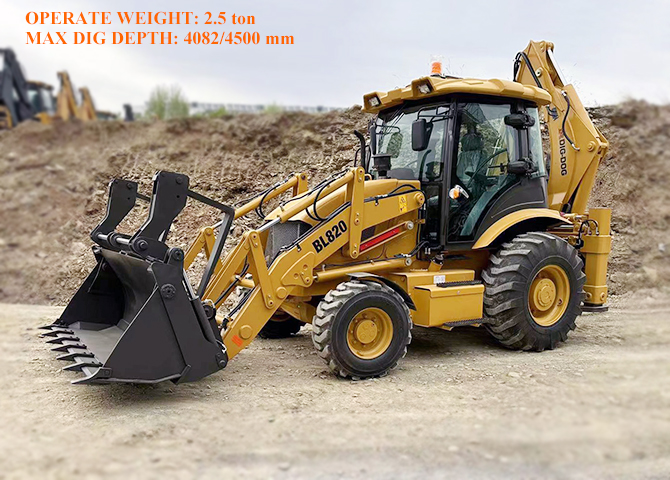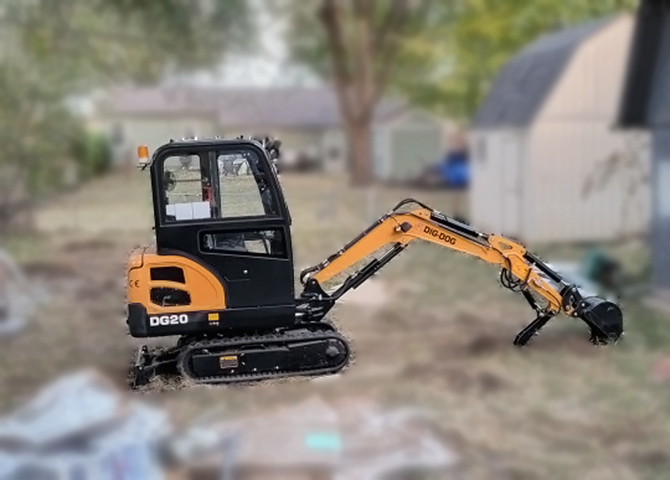Wheel loaders do a lot of bucket work. It’s the reason this category of equipment has “loader” in its name. When it comes to confined space work or smaller jobs, a compact wheel loader can spearhead high-volume bucket work better than almost any other machine and in a variety of industries and applications — landscape supply yards, snow removal, general dirt work and then, well, they can move beyond buckets. Compact wheel loaders are also tool carriers, which means they can handle and power a variety of attachments, often using the same attachment system as a skid steer and track loader. Pallet forks, wheel saws, snow pushes, brooms and specialty buckets of all types can be attached to a small wheel loader, depending on the job at hand. With the help of industry experts, we’ve pulled together this attachment dictionary to showcase the most popular implements contractors are employing on compact wheel loaders today. Thanks to all who participated.
Wheel Loader Attachment Couplers
Attachment systems on compact wheel loaders are not necessarily universal. Most manufacturers offer two styles of compact wheel loader couplers: ISO or hook-style or skid steer-style couplers. Depending on the definition of a compact wheel loader, manufacturers may also offer IT, fusion or pin-on couplers. The ISO-style coupler provides the highest bucket breakout force and operating capacity because the ISO-style coupler design positions the bucket close to the end of the boom, similar to a pin-on bucket. With the skid steer-style coupler, the bucket is positioned out a few extra inches, however the skid steer-style coupler is widely popular for the numerous attachment possibilities that can be shared with skid steer and compact track loaders. Regardless of the coupler style, the type and density of the materials that will be handled should be considered to determine the appropriate bucket or attachment. There may be choices in mechanical or hydraulic coupler options, controlled from the operators seat. The host machine may also offer an additional electrical harness for controlling more complex tools.

Wheel Loader Augers
A compact wheel loader can wield an auger attachment to dig fencing, plant trees or install footings. Understanding your prime mover’s hydraulics is paramount to maximizing your auger attachment’s potential. Hydraulic pressure and flow will vary greatly — just like the sizes of compact wheel loaders. Auger attachments consist of a prime mover mount, a drive head and an auger bit. For augers specifically, understanding your ground conditions and what type of auger bit to use is highly important, as augers maybe be offered with different speeds and torque options for work in a variety of soils. Bit names will vary from brand to brand but may include dirt, rock, heavy-duty, extreme-duty, tree or combination bits. As an example, dirt bits are an economical option and can corkscrew through easy-to-moderate soil conditions like black dirt or compacted sand. Rock bits are for rock, asphalt and concrete, using carbide-tipped teeth that can drill holes in hard surfaces. Direct drive and planetary drive systems will be something to consider. A direct drive auger is a balance of price and power, torque and rpm, and a gear-driven planetary auger is for high-powered applications that require tons of torque (like coral or clay). There will be options for various extensions and adaptors, allowing for digging deeper and adapting to round or hex shaft bit designs, and there will be multiple bit types and teeth to match your digging conditions. Pro tip: Make sure replacing those auger teeth is easy.
Wheel Loader Forks and Pallet Forks
The two most popular attachments on a compact wheel loader are usually No. 1) a bucket and No. 2) a set of pallet forks. Pallets forks are great for carrying pallets and other stacked material across jobsites. Compact wheel loaders are the perfect machine to use forks thanks to their high reach, long wheelbase and great visibility. Small wheel loaders can use pallet forks to move palletized loads on construction sites, handle bagged fertilizer and seed at landscaping and nursery sites or deliver brick on a hardscape job. Knowing your load type and weight are important when selecting a fork attachment. Understand the maximum and minimum weights they are working with to ensure they are using a machine and pallet forks that are able to support the necessary load. Pallet forks come in a variety of widths such as 42, 48 , 60 and 72 in. wide and onward. They are often categorized as light, standard and heavy-duty. Class 2 forks are designed for smaller, lighter loads and Class 3 forks are for heavier ones. Options might include adjustable tines, brick guards or, on bigger units, hydraulic angling and side shifting. There may also be other types of fork attachments — like utility forks for handling loose straw and manure or nursery forks for picking up trees. All of these forks work well on compact loaders, especially those with parallel lift, making them extremely useful for loading onto the sides of trailers with ease.

Wheel Loader Grapples
Equip your compact wheel loader with an iron fist and grab logs, demo, trash and other debris with a grapple or grapple bucket attachment. These attachments are ideal for gathering debris and keeping the load secure while in transit. Grapples have become a great asset for disaster cleanup and initial land clearing since they can move large amounts of material in less time. Like buckets, grapples come in a variety of styles, and names will vary depending on the brand. Utility grapple forks are designed to handle light, hard-to-handle materials on farms and landscaping projects (loose hay, straw, bedding or dry compacted livestock waste).Grapple buckets (solid bottom) are engineered to handle bulky, irregularly shaped objects found in demolition, industrial, construction and recycling (railroad ties, trees, large rocks or scrap). Grapple rakes or root rakes are ideal for storm debris cleanup and land clearing applications due to their open bottom design which allows unwanted material to filter through the work tool. On bigger wheel loaders, log grapples or sorting grapples/forks are designed for applications in log and lumber handling industries. Wheel loader manufacturers and attachment makers may sell grapples with names like scrap, rock, feed lot, pipe and garbage — each one specialized for various applications.
 How To Choose The Right Compact Wheel Loader
How To Choose The Right Compact Wheel Loader
 How Much Does a Forklift Weigh?
How Much Does a Forklift Weigh?
 How Much Does a Backhoe Weigh
How Much Does a Backhoe Weigh
 How Much Does a Mini Excavator Weigh
How Much Does a Mini Excavator Weigh